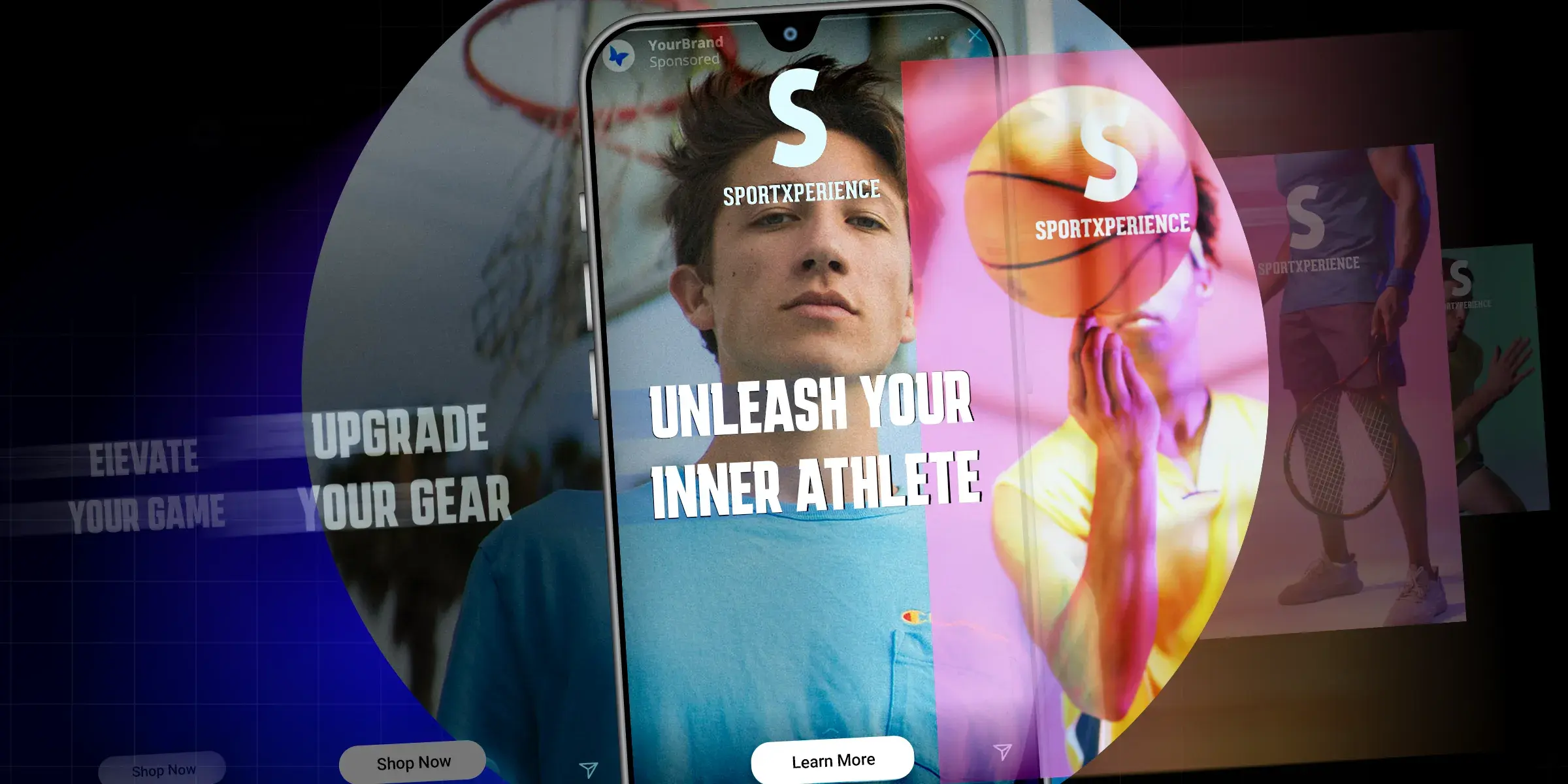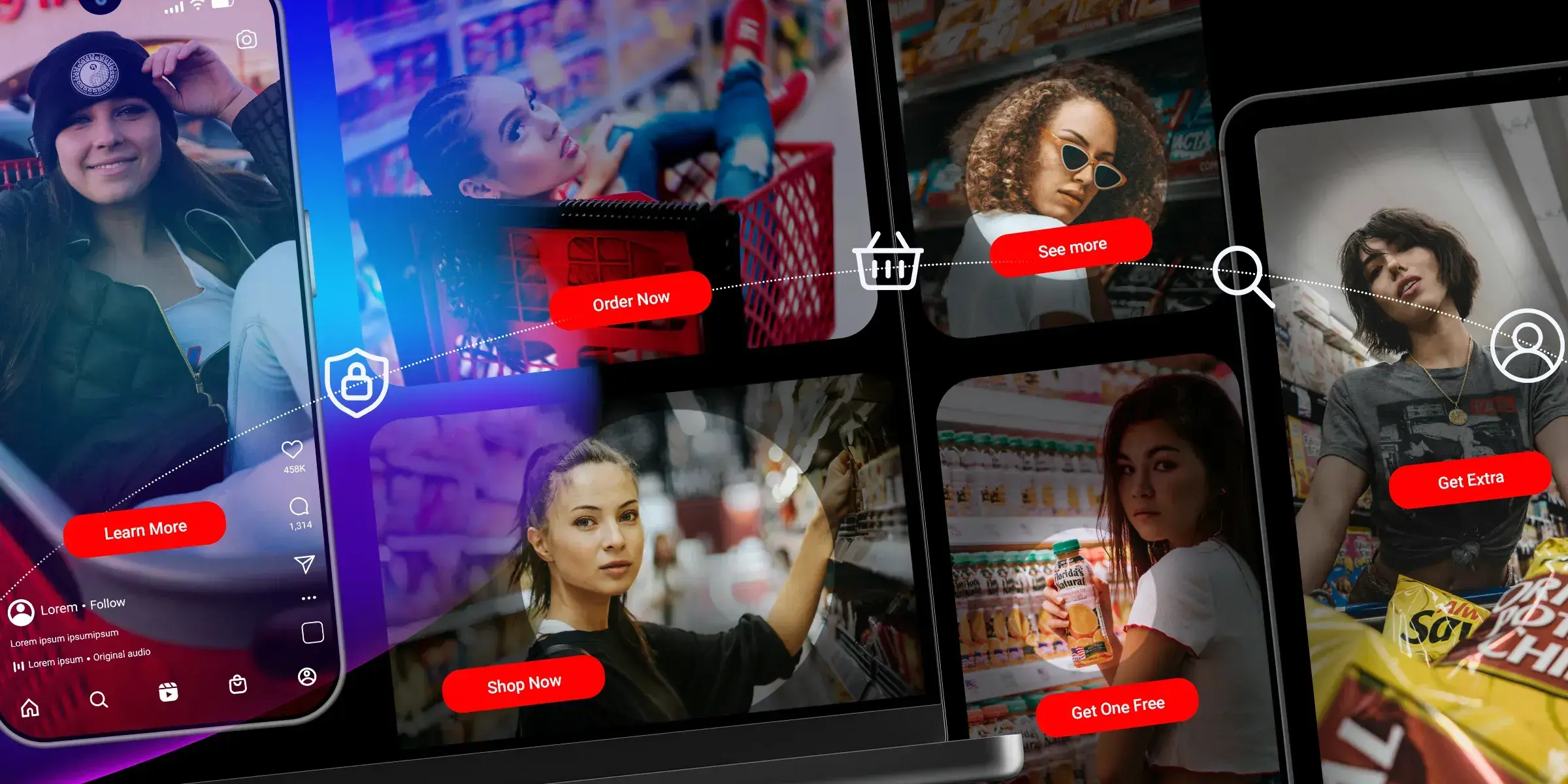It’s common knowledge that personalised ads are more successful. But how do you ensure you’re targeting the right audience?
You can’t form a true picture of your audience based on demographic information alone. Without current data, you’re left to make assumptions about your customers using outdated market research.
This information is readily available. Social media and data management platforms use cookies to collect mountains of information about audiences. But are you tapping into it?
To successfully leverage customer data, you need to clearly understand your current – or ideal – audience. And today’s technology allows you to get super-specific with your audience targeting.
You can uncover smaller segments within different customer demographics and interests. For example, an interest in travel is too broad. Instead, focus on the destinations they are interested in, the types of holiday (adventure, cruises, package, city break), accommodation, and price point.
This guide provides a detailed overview of audience targeting. We’ll cover how businesses can use data to create personalised display ads for a greater return on investment.
What is audience targeting?
Audience targeting is the process of breaking your audience into smaller groups based on their interests or demographics. These target audience segments help marketers create content and personalised ads specifically for people who are more likely to buy their products.
Advanced audience targeting allows marketers to be even more intentional about who sees their ads based on customer journey analytics and behavioural data.
Google, Facebook, and other advertising platforms have been steadily increasing the number of advanced audience targeting options. Now they offer segments as granular as recent life events. So, for example, rather than targeting females aged 21-34, you can target females in that age group who got engaged within the last three months.
Unsurprisingly, Facebook provides the most in-depth data for advanced audience targeting. The platform spans almost every aspect of a user’s life, including location, relationship status, education, career, interests, favourite entertainment (TV, movies, music, etc.), and life events.
But the magic happens when you combine data from a range of sources, including mobile and offline channels, for a clear picture of your customers.
Here are the main ways you can target your audience:
Demographic targeting
Demographic information includes (but is not limited to):
- Age
- Gender
- Location
- Ethnicity
- Education
- Occupation and income
- Marital status and family size
These smaller segments help divide your customers into target audiences based on common characteristics. You can also target granular demographic segments. For example, instead of ‘18-24-year-old males’, you can specify ‘male university student in London’. Similarly, you can refine ‘high-income parents’ to become ‘new parents with top 10% income’.
Demographic targeting can work better with top-of-the-funnel campaigns where you’re trying to create awareness of your brand within a specific group.
Behaviour targeting
Behaviour segmentation is based on the customer’s search and purchase history. It looks at what they buy, why they buy it, and how often they make a purchase.
You can gather this information from an individual’s search history, personal profiles, social activity, and third-party data. Advanced tracking systems measure interactions on social media, browsing activity, and purchase behaviour.
This type of audience segmentation allows you to target niche audiences further down the sales funnel who have already expressed interest in your brand. You can then serve your personalised ad to the user’s most frequently used device. Advertisers can also track the device’s geographical movements to learn where its user may live or work, as well as their travel habits.
Customer Journey targeting
Segment your target audience by each stage of the buyer’s journey: awareness, consideration, and decision.
A buyer at the beginning of their journey might only just realise they have an issue to solve, whether that’s pest control, a flight to Sydney, or a stairlift for an elderly relative.
At the consideration stage, they’ve identified potential solutions and are now comparing products and services. This is a chance to make your product stand out from the competition by offering discounts and other incentives. It’s also an ideal time to retarget ads to customers who have visited your website, as you have a pre-qualified lead and can nudge them towards making a decision.
At the decision stage, people are ready to make a purchase. This valuable in-market segment has already visited your site and is ripe for retargeting. They might have looked at specific pages without converting – perhaps leaving a contact form blank or abandoning the checkout process.
Recent data suggests the average online shopping cart abandonment sits at around 70%, which presents a massive opportunity for advertisers to remarket. You know this audience has already visited your site, so this isn’t a hard sell. Instead, a display ad keeps you at the forefront of a potential customer’s mind and can prompt them to complete their transaction.
Why is targeting your audience important?
Mass marketing rarely works since it’s impossible to please everyone. Audience targeting lets you give people what they want making them more likely to be receptive to your message.
Personalised advertising is more relevant, focused, and less intrusive.
No one likes being sold to, but people are more likely to pay attention to messages that feel more personal. The statistics back this up, too.
Research shows that 91% of consumers feel more motivated to shop with brands that personalise communication, particularly when it comes to tailored offers. Using data-driven insights to deliver a personalised experience to a target audience will build stronger relationships with customers, improve engagement, and increase conversions.
Research shows that 72% of consumers say they only engage with marketing messages tailored to their interests. A further 76% of consumers in the US feel that it is acceptable or somewhat acceptable for advertisers to target them based on the media they consume.
Targeted advertising has become largely accepted – and, indeed, expected – by the wider public. Customers welcome personalisation that makes their brand experiences easier, cheaper, and more convenient. That’s the true meaning of being customer-centric.
How does audience targeting work?
Audience targeting uses customer data to produce personalised ad campaigns that generate a high return on ad spend (ROAS). To get accurate data and the actionable insights it provides, you’ll need a data management platform (DMP).
DMPs collect, collate, and store first-party and third-party data to create target audiences based on customer demographics, activity, and specific characteristics. These platforms offer unrivalled reach with hyper-targeted ads, particularly when combined with a demand-side platform (DSP) for automated media buying and optimal ad placement.
You can then activate a campaign for any audience segment by using a creative management platform (CMP), such as Bannerflow, to deliver personalised ads. Real-time analytics produce countless targeted ad variations for multi-audience campaigns on the spot. The CMP lets you check the performance of those ads and refine your creative or target segments until you start hitting your KPIs.
What are the challenges companies face when using advanced audience targeting?
Narrowing down your target audience parameters can be a challenge. Lowering your reach sounds counterintuitive for many marketers, but targeting a smaller audience of pre-qualified customer profiles will increase conversions. Of course, hyper-personalisation also brings some common challenges.
1. Being too targeted
As much as today’s consumers crave personalisation, they still have some understandable concerns regarding data privacy. Sometimes targeted advertising can veer into “creepy” territory, where brands become overly personal rather than relevant.
The definition of “creepy” is down to individuals and how tech-savvy they might be. One person might dislike a display ad reminding them to replace previously purchased items, such as vitamins or batteries, while other customers might appreciate the heads up. Any marketers using advanced audience targeting must draw from accurate, current data and carry out A/B testing to determine what works for each segment.
2. Poor personalisation
Poor personalisation is worse than no personalisation at all, so it’s crucial to get this right. Research shows that 63% of consumers would stop purchasing products and services from companies that take personalisation too far. Creative Management Platforms (CMPs) will take the guesswork out of personalisation and split-test your segmentation. This helps you better understand your audience and free up time to create high-performance ads.
3. Targeting too frequently
The tendency to over-advertise to your target audience is another challenge. Bombarding your customers with ads is off-putting, even if they are interested in your product and have a proven purchase history. It’s important to find the right frequency of ads to avoid losing customers and wasting money.
Companies also need the right tools to understand their target market, position in the sales cycle and how to create the right audience segments. It’s essential to invest in programmatic advertising technology to capture data from a range of sources and optimise targeted ads in real-time.
How can you achieve effective targeting for personalised ads?
Effective audience segmentation starts and ends with data. You’ll need a DMP to accurately aggregate individuals’ behaviour, demographics, interests, and preferences. These customer profiles will form your segments.
Ensure your segment is specific yet large enough to be worth targeting. If you go too specific, you risk missing a lot of consumers. Think of all the people that may be interested in your product but don’t fit your excessively tight criteria.
Different demographics respond to different marketing techniques. You’ll need to experiment and refine your audience targets for the best ROI.
For example, you can create a new segment of website visitors who didn’t convert and evaluate their data. Analyse their browsing behaviour and note the point they abandoned the page. You can implement a different personalisation strategy for that segment – perhaps presenting them with recommendations, discounts, or alternative products.
Audience targeting is a continuous cycle of collecting data, building profiles, segmenting audiences, delivering campaigns, and evaluating your performance metrics against your KPIs. This last step informs your new targeting strategy and starts the process all over again.
Here are the basic components of targeting audiences effectively:
- Collect data through every engagement channel
- Set goals and measure them
- Notice the people who aren’t converting
- Incorporate the data to constantly improve campaigns
No matter which audience targeting strategies you apply, it’s important to test them frequently to ensure your ad campaigns are performing well.
Using Target Audiences: Top take-aways
Targeted advertising is the key to creating highly relevant and engaging ads for the right audience. It’s the difference between offering specific consumers something they are genuinely interested in or producing generic ads that appeal to no one.
Most importantly, research confirms that your customers prefer personalisation. You should be offering your audience what they want so you can achieve the best ROAS.
Successful personalised advertising starts with the right strategy and data. But it’s an ongoing process.
If you have several products that cater to different needs, you’ll need to adapt the creative for each audience segment across all your campaigns.
To achieve this, you’ll need:
- A data management platform (DMP) – to capture and manage the data
- A demand-side platform – to buy the digital ad inventory
- A creative management platform – to create, optimise, distribute, and evaluate your ads in real- time.
Bannerflow has you covered for the CMP part of targeting your audience. If you’d like to learn more about how we can help you with advanced audience targeting, get in touch or request a demo.








